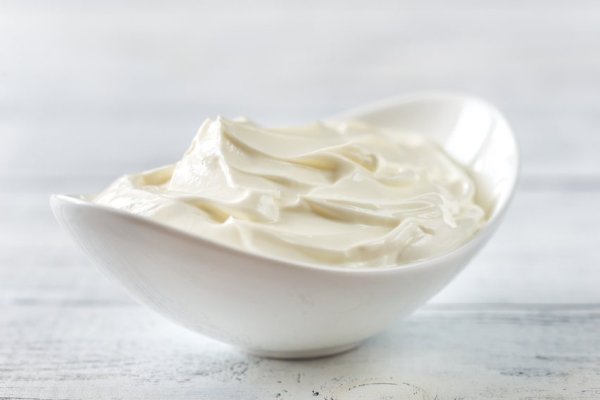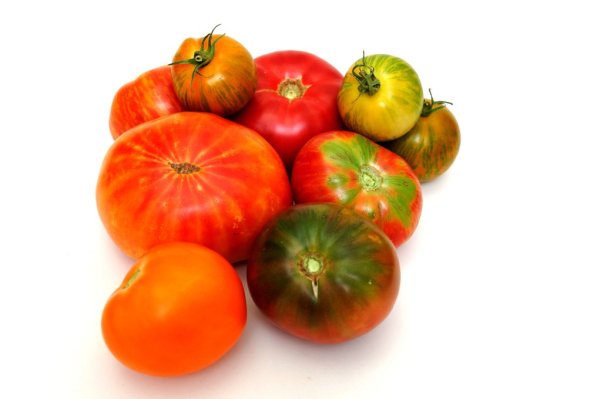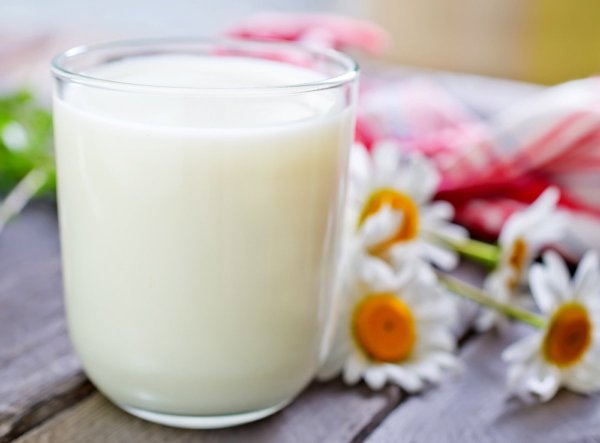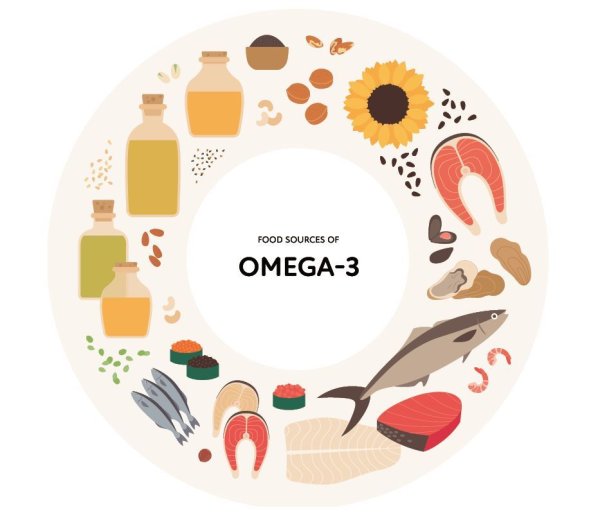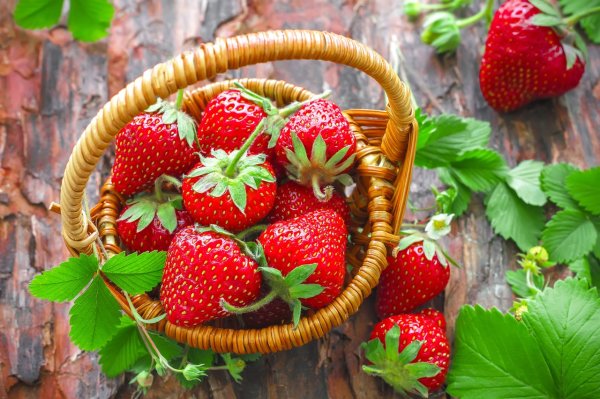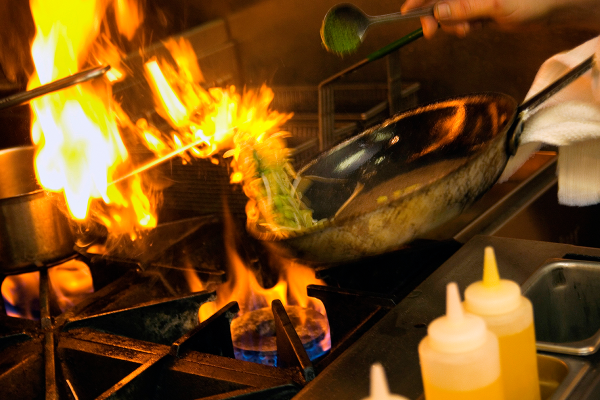Coffee is not a bean, so why does it contain yellow koji toxin? Teach how to avoid coffee stains
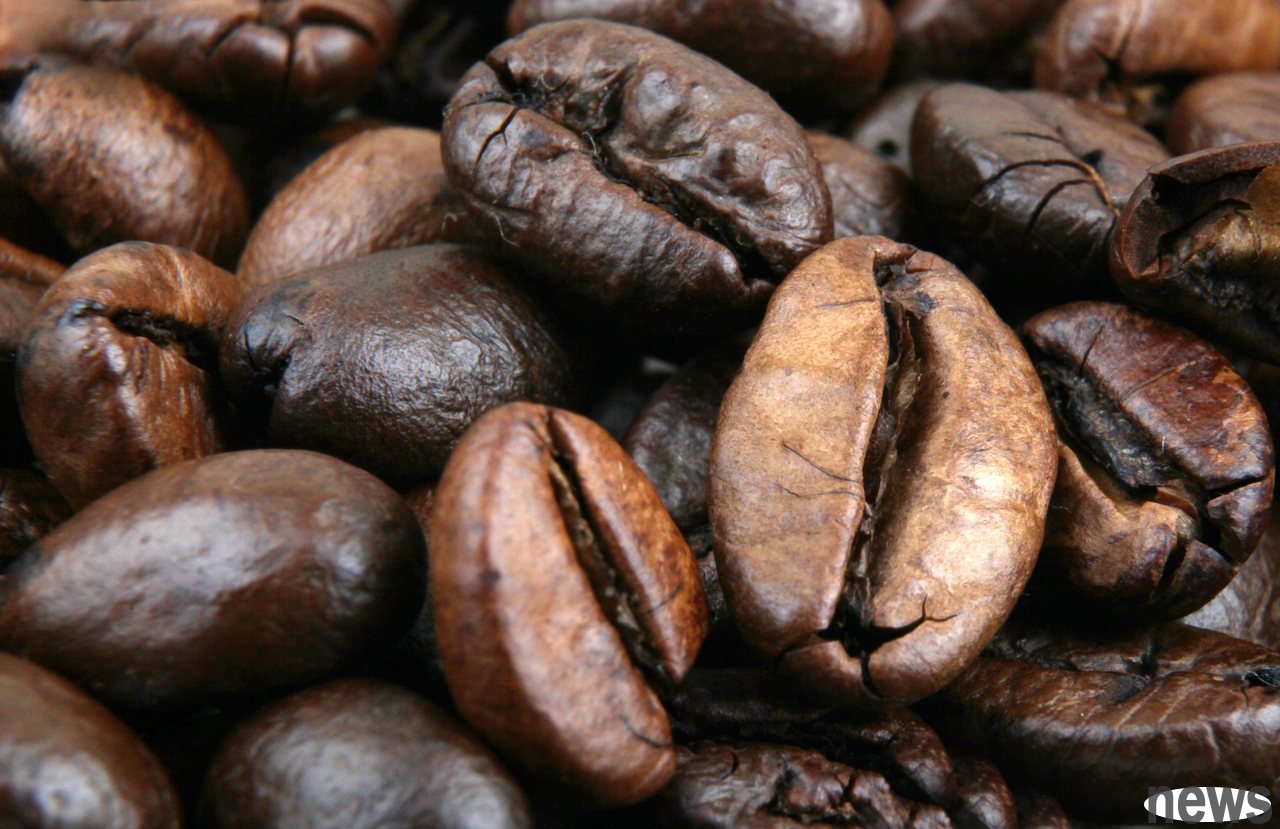
I posted on 2023-7-10 that coffee beans are beans★Black coffee contains powder/it can raise blood sugar★The doctor said, and there is a sentence in it: "To describe coffee beans as beans is like to mistakenly treat Faye Wong as Zhang Fei." Reader longlion responded two days later: Coffee is not a bean, why do you often write about the problem of yellow toxins on the Internet?
First, "yellow toxin" should be "yellow toxin". Next, this reader clearly believes that only beans have yellow koji toxins. Then, let me first look at the information provided by the National Cancer Institute of America: "The yellow toxin is found in crops such as corn, peanuts, cottonseed and fruit."
{999Next, I would like to read four articles (the article in 2016 was from the Ministry of Welfare in Taiwan):
2013: Determination of Aflatoxin B1 Levels in Organic Spices and Herbs. From the organic market and organic stores in Türkiye, 93 organic spices and 37 organic herbs were selected at random. Yellow koji toxin B1 was detected in 58 organic flavors and 32 organic herb samples.
2016: Mycotoxin monitoring for commercial foodstuffs in Taiwan. Between 2012 and 2013, a total of 712 samples from 9 different food categories were collected. ……We found that 689 samples (96.8%) comply with regulations formulated by the Ministry of Health and Welfare. Yellow koji toxin was found in four peanut sugar products, one peanut powder product, one pistachio product, one pepper product and one coix seed product.
2019: Aflatoxins in Food and Feed: An Overview on Prevalence, Detection and Control Strategies. Peanuts, millet, sesame, corn, millet, rice, figs, spices and cocoa are infected with yellow koji toxin due to fungal infections under pre- and post-harvest conditions. In addition to these foods, commercial products such as peanut sauce, cooking oils and cosmetics are also reported to be stained with yellow koji toxin.
2021: Aflatoxin contamination in food crops: causes, detection, and management: a review. The yellow koji toxin dyes a variety of foods, including grains (corn, sorghum, pearl millet, rice and malt), oilseeds (peanuts, soybeans, sunflowers, and cotton), spices (chili peppers, black pepper, ginger, coriander and raw ginger), fruits (almonds, Brazilian fermented fruits, pistachios, walnuts and coconut), mountain medicine and various milk products.
From the above information, we can see that yellow toxin is not only found in beans. However, none of these information mentions coffee. So, next I'll ask you to read the article about coffee.
2002: Incidence, level, and behavior of aflatoxins during coffee bean roasting and decaffeination. Yellow koji toxin was detected in 76.5% and 54.6% of the infection samples, with the average content of raw and ground roasted coffee beans being 4.28 μg/kg and 2.85 μg/kg, respectively. Facts have shown that roasting can reduce the concentration of yellow toxins in raw coffee beans. The content of yellow koji toxin decreased by about 42.2-55.9% based on baking type and temperature. The highest content of koji toxin was detected in caffeinated raw coffee beans (24.29 μg/kg) and roasted coffee beans (16.00 μg/kg).
2020: Determination of aflatoxins in coffee by means of ultra-high performance liquid chromatography-fluoresce detector and fungi isolation. The results of the color spectrum show that most of the collected coffee samples do not have yellow toxin staining..
2021: Prevalence of toxic fungi and mycotoxins in Arabic coffee (Coffea arabica): Protective role of traditional coffee roasting, brewing and bacterial volatiles. Commercially available coffee samples are generally dyed by ochre toxin and ochre toxin, and roasted coffee and instant coffee are significantly higher than the EU's limited amount of ochre toxin.
2022: Multi-mycotoxin determination in coffee beans marketed in Tunisia and the associated dietary exposure assessment. Coffee is a farm product that is highly susceptible to mycotoxins. This study used the liquid chromatography-serial quality spectrometry method to evaluate the natural presence of 17 mycotoxins in different types of coffee products (100 pieces in total) in Tunisia. The results showed that all analytical samples were stained with at least one mycotoxin. 95 samples detected vine toxin, 7 samples detected yellow toxin B1, and 18 samples detected ochre toxin.
Finally, I would like to read two related articles:
1992: The effect of roasting on the fate of aflatoxin B1 in artificially contaminated green coffee beans (the impact of roasting on the destination of yellow toxin B1 in artificially dyed raw coffee beans). The toxin destruction rate of pure roasted coffee is as high as 93%, the toxin destruction rate of deep roasted coffee is as high as 99%, and the toxin destruction rate of electric roasted coffee is as high as 100%.
2016: Coffee consumption and risk of hepatocellular carcinoma: a meta-analysis of eleven epidemiological studies. Some compounds contained in coffee can reduce the external transmission toxicity of yellow toxin B1 and reduce the damage caused by certain carcinogens. ……The results of this cervical analysis further demonstrated the negative correlation between coffee intake and hepatocellular carcinoma risks through quantitative evidence. It has a protective effect on healthy people and patients with chronic liver disease, and consumption can also prevent the development of cirrhosis.
In short, whether food will be stained with yellow toxin is irrelevant to bean or bean type. As long as you buy legal food (including coffee) that is within the shelf life and store it correctly (avoiding high humidity and high temperature), you don’t have to worry about the koji toxin staining.
Original text: Coffee is not a bean, why does it have yellow koji toxinResponsible editor: Gu Zihuan





